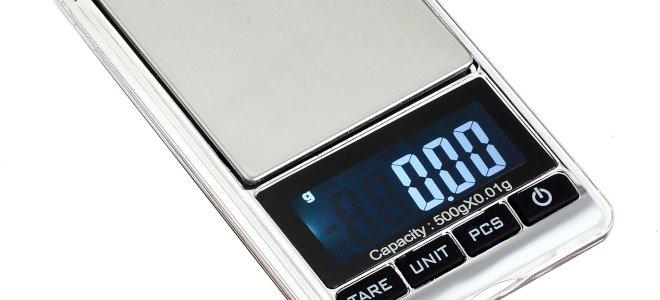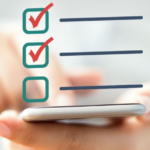Are you suspicious of the readings you are getting from your pocket scale? Are you losing money because of a poorly calibrated pocket scale? Well, worry no more. You can calibrate your pocket scale at the comfort of your couch without digging deep into your pockets.
It is true that your digital pocket scale uses computerized pressure to establish the weight of objects. Even though your pocket scale is originally calibrated by the manufacturer, there is a potential that it may suffer a loss of accuracy. This could be a sounding alarm that needs to be calibrated.
Here are the steps to follow whenever you realize that your scale is behaving abnormally and needs to be recalibrated.
Clean the Scale
Be sure to clean your pocket scale using a soft clean brush to clear any loose debris. However, you must be very cautious not to apply pressure. Be keen to give your weighing surface a gentle clean by dusting it off. Also, support the weighing surface, particularly when turning over the scale.
Check and Clear Any Stubborn Debris
There’s a possibility that some stubborn debris could be hidden on some parts of the weighing scale. You will need to use a dampened soft cloth (in a cleaning solution) for the exterior surfaces. Be careful not to allow any moisture to get inside the scale. You may clean the battery holding region by removing the cells.
Put the Pocket Scale on a Level Spot
Do this after ensuring that the pocket scale is free from any debris. You may locate a flat, level surface in any part of your house. In particular, a carpenter’s level could come in handy whenever you want to ensure that the ground is perfectly flat. You may go the extra mile to place a flat mouse pad on the surface. It will absorb all forms of vibrations.
Power The Pocket Scale
Turn on your pocket scale after placing it on a proven level surface. After the scale is on, you will need to press the button labelled “tare” or “zero”. This will zero out the reader.
Move to The Calibration Mode
Here, you will need to check your user manual for the “calibration mode”. While some pocket scales may need a little programming, others will require some button manipulations to yield the desired results. Some modern connecting scales come with a self-calibration feature.
Put the Calibration Weight To Good Use
It is time to put your calibration weight on your pocket scale. Your display reader will give you a notification that the scale is ready to initiate the calibration exercise. This is the time to initiate a manual entry of the mass of the calibration weight.
Press The “Enter Key”
Your user manual could be everything you will need at this stage. Check the manual for the “enter key” button that needs to be pressed after entering the weight amount. This is the final stage of the pocket scale calibration process.
Hopefully, your scale should indicate that the weight you have entered has been accepted and registered. It is time to power down your pocket scale and put it to use when needed.
These are a few of the key steps to calibrate your pocket scale.













